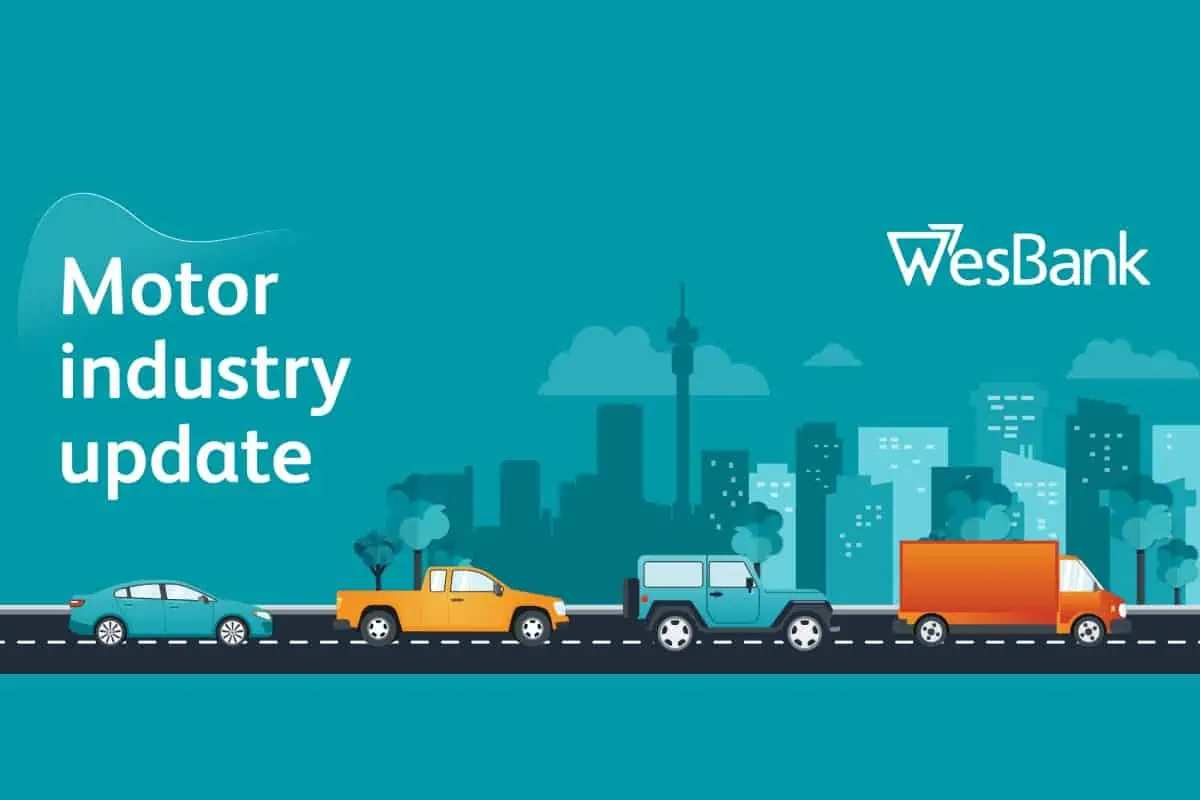Some economists have argued that the economy is in a far healthier state than the broad perception might give it credit for. The country’s ability to have displayed any growth at all during the first-half of the year in the face of some of the worst levels of rolling blackouts the country has experienced is firm evidence of this. Perhaps the same holds true for South Africa’s new vehicle market.
In a state of seemingly low confidence from both business and consumers, new vehicle sales for June impressed with double digit growth to record the second-best sales month this year.
“South Africa’s new vehicle market is almost counter-cyclical, displaying reassuring levels of growth that out-perform most sectors of the economy,” says Lebo Gaoaketse, Head of Marketing and Communications at WesBank. “It is clear to see the correlation between actual market performance and levels of demand as measured by applications for finance, which are now firmly driving new vehicle deals as opposed to pre-owned purchases.”
June new vehicle sales came in at 46,810 units, up 14% compared to the same month last year according to figures released by naamsa | the Automotive Business Council. The month’s performance was bolstered significantly by 5,070 additional Light Commercial Vehicle (LCV) sales, the segment displaying 57,1% growth.
The passenger car market reported a 0,8% increase year-on-year to 29,795 units. The softer performance of this segment is reflected in the first-half sales that were 1.7% down on the first six months of 2022 to 173,943 cars. In contrast, LCV sales – albeit not as spectacular as June sales – were 20,3% ahead of the first-half last year at 76,519 units.
The rental market also contributed a solid 4,662 units, indicating a demand for replacement stock in the segment.
All these contributing sectors resulted in a reassuring overall picture for the market. Year-to-date sales are up 4,8% to 265,824, living up to the slow recovery expected of the market.
“And there is hope for better news for the economy and consumers during the second half of the year,” says Gaoaketse. “More stable fuel prices, hopefully fewer if any interest rate changes, first-half growth for the manufacturing sector as well as a strong recovery in exchange rates will all contribute to economic performance as a whole during the second half, as well as affordability for consumers in the market for a new vehicle.”
Good news for motorists is expected petrol price reductions from Wednesday, the second set of decreases since the adjustments made during June. “Fuel prices should best be construed as fluctuating as petrol and diesel prices vary and the overall price over a longer-term remains generally higher,” says Gaoaketse. “This continues to place pressure on household budgets and the overall consideration of affordability for mobility.”
But in a market out-performing country growth, the outlook remains positive for consumers to be able to enjoy a safe mobility solution and for the industry to continue its resilient recovery.
Content and images supplied via MotorPress
